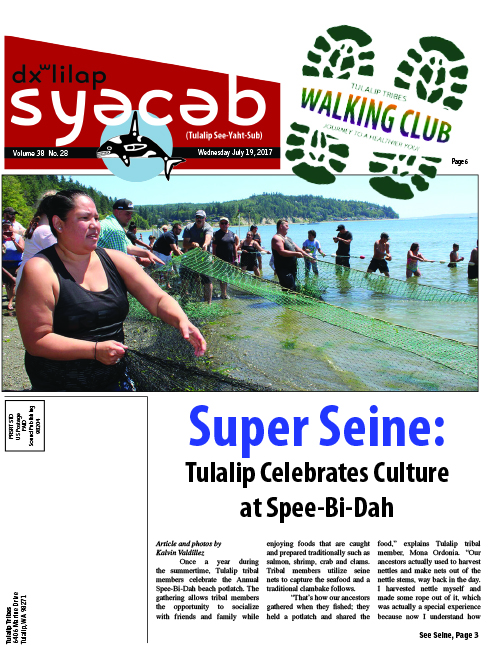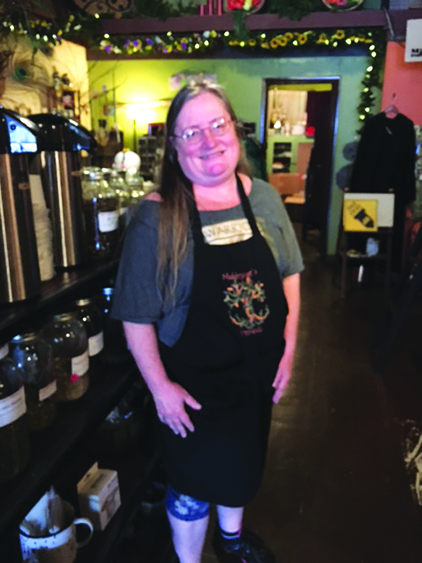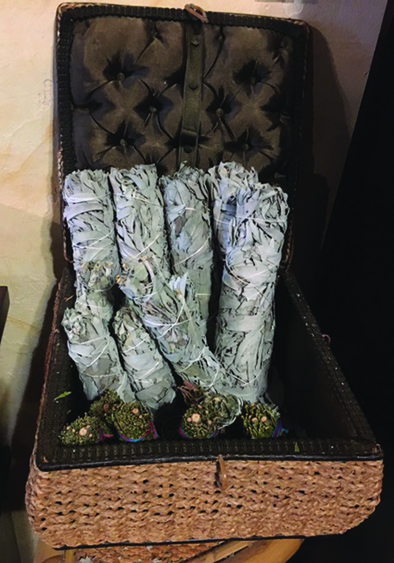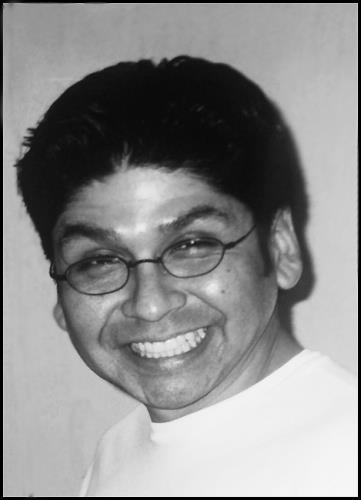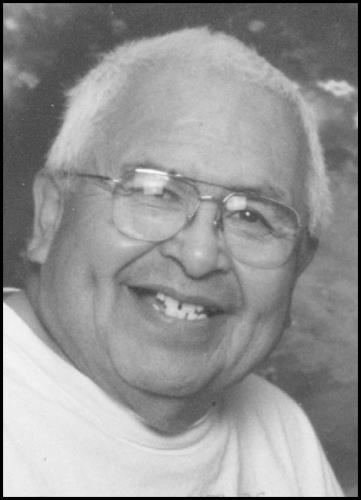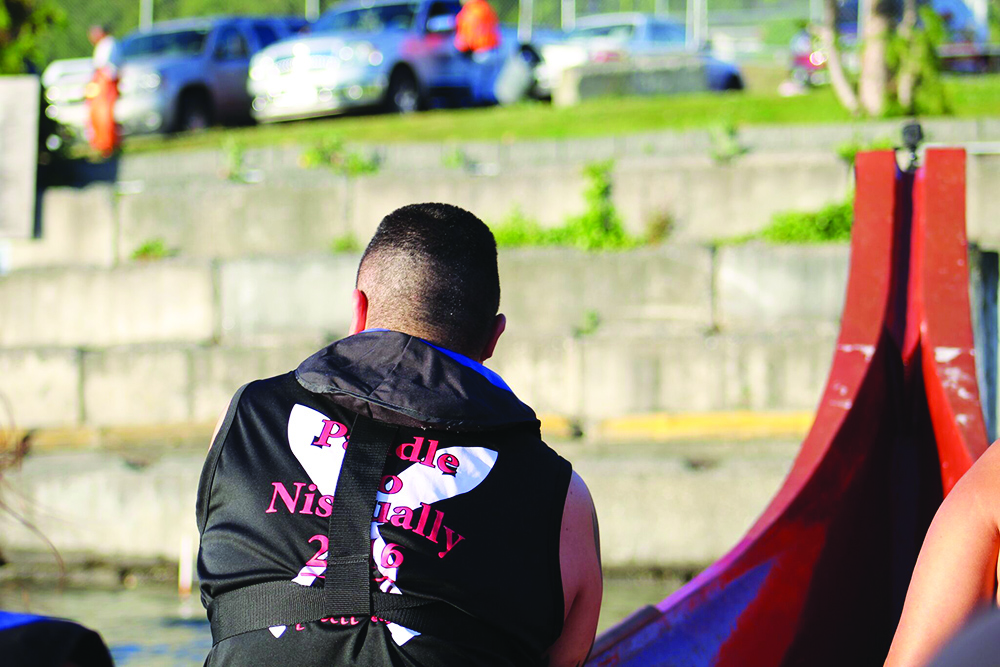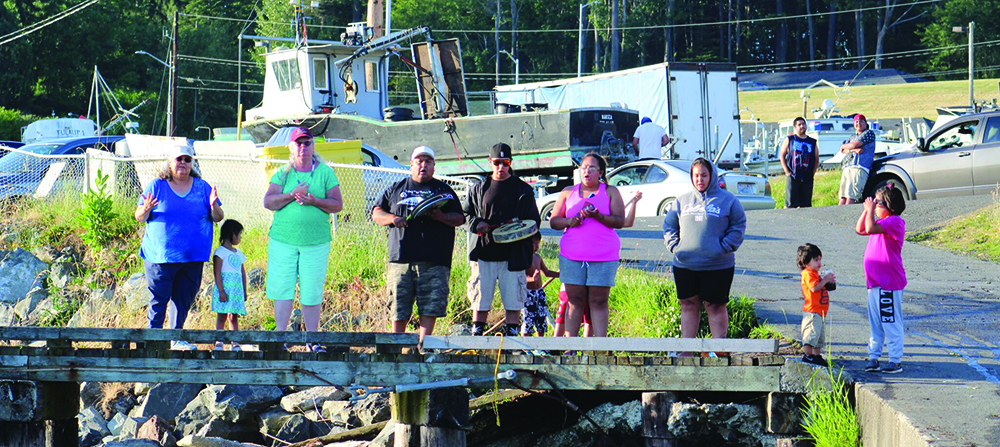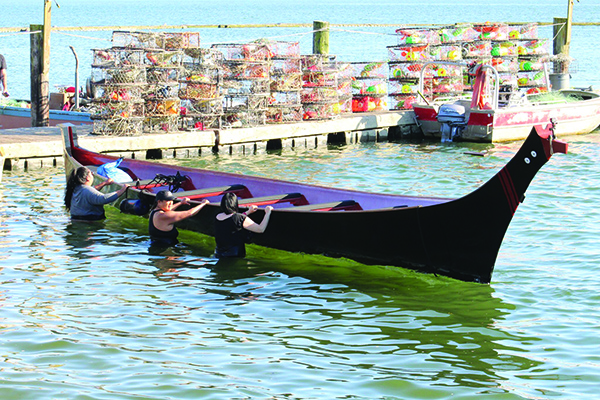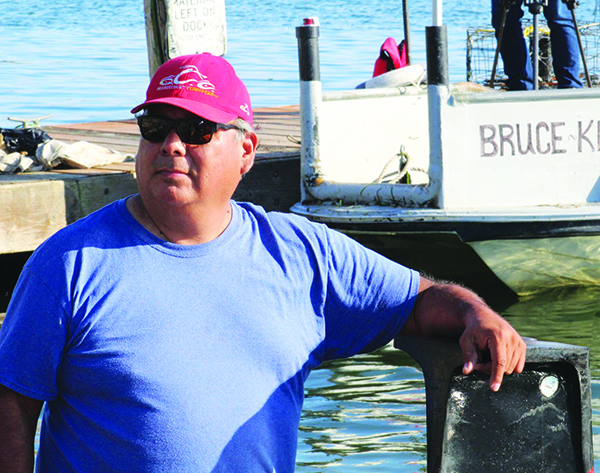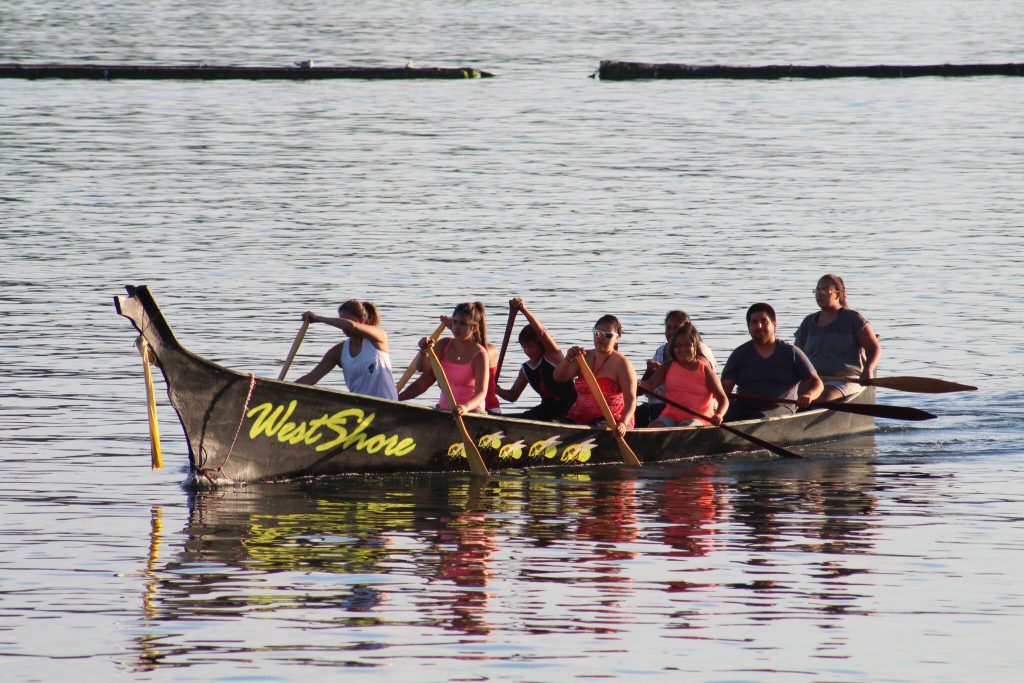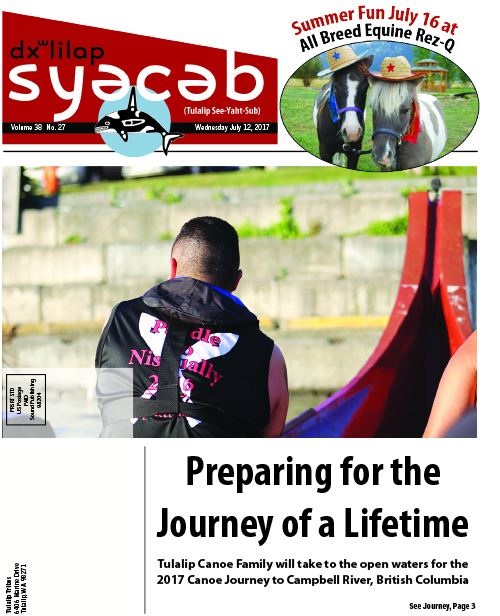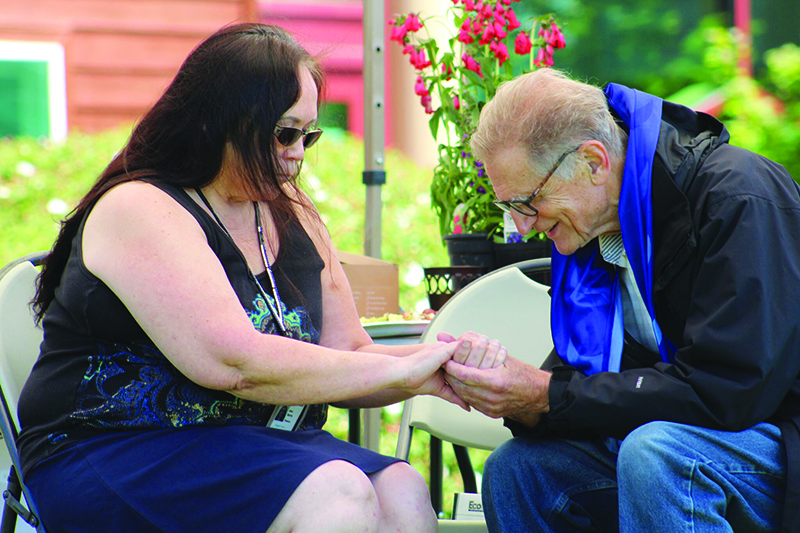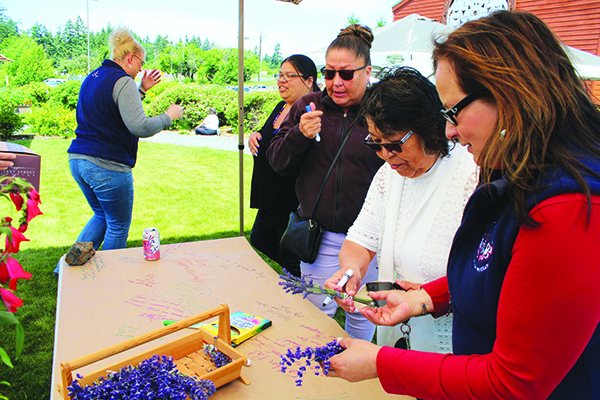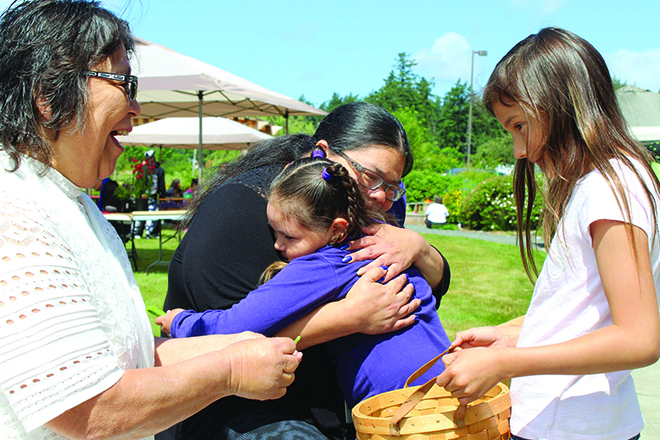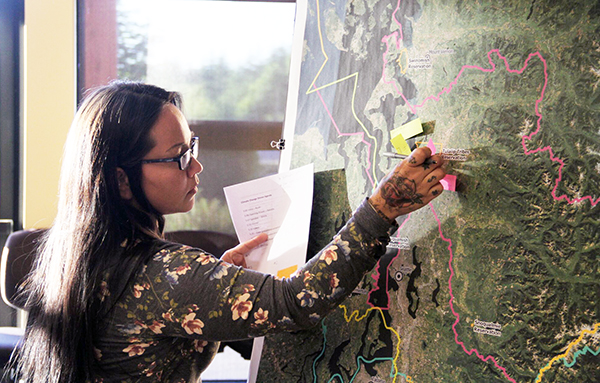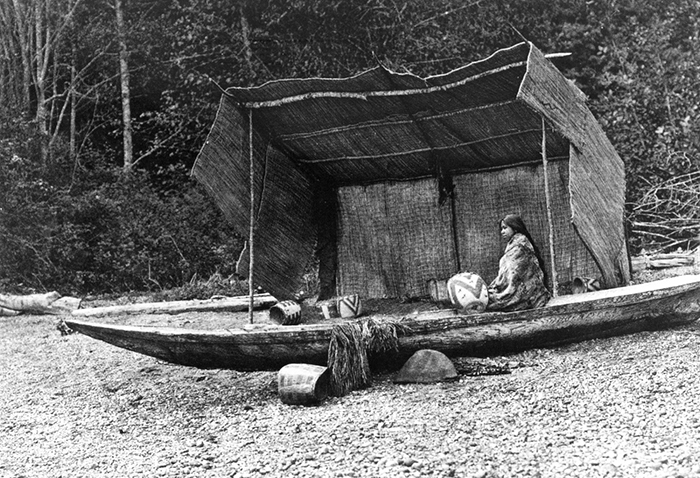
Press Release:Whatcom Museum
A newly redesigned gallery in the Whatcom Museum’s Lightcatcher building shares the art, history, and culture of the Northwest Coast people, blending both historical and contemporary perspectives. The exhibit, People of the Sea and Cedar: A Journey through the Tribal Cultures and History of the Northwest Coast, opens Saturday, July 15, noon-5pm in the second floor gallery of the Lightcatcher.
Featuring artifacts from the Museum’s collection, such as Coast Salish artwork and carvings, woven blankets, hand-made tools, clothing, baskets, and cedar hats, the exhibit will show some of the traditional crafts created by the Northwest Coast people. Visitors will have opportunities to learn about the traditions, languages, and stories of these tribes.
“The Whatcom Museum hasn’t had a permanent presence of Coast Salish culture and history, past and present,” said Patricia Leach, Executive Director of the Whatcom Museum. “Now that our state legislature has mandated the teaching of native cultures in our schools, the timing on the creation of this new gallery space couldn’t be better. The Museum is excited to be enhancing the education of our local school children with the ‘People of the Sea and Cedar’ school program, which will actually take place in the new gallery.”
The Whatcom Museum has been offering its popular “People of the Sea and Cedar” program to Bellingham and Whatcom County students for more than 20 years. The new exhibit enhances the school program, which is being redesigned by the Museum education staff and will be in place this fall.
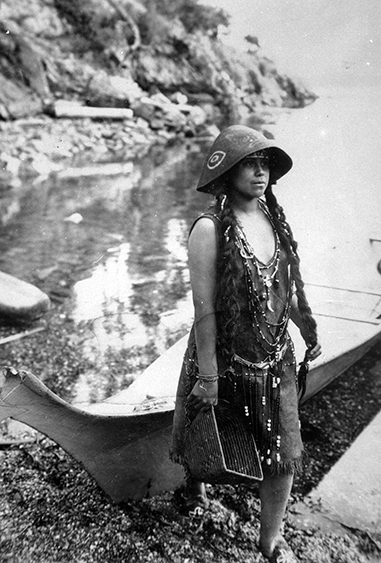
With input provided by tribal representatives, researchers, and educators, the Museum presents an experiential exhibit. People of the Sea and Cedar provides hands-on learning experiences, a Lummi and Nooksack language interactive, and videos showcasing Lummi and Nooksack weavers and carvers. Themes of cultural knowledge, art and symbolism, lifestyles, and community will present the Northwest Coast tribes as vibrant, living cultures who honor their past while building cultural and economic futures for their people.
People of the Sea and Cedar: A Journey through the Tribal Cultures and History of the Northwest Coast will be a permanent exhibit, which will be continually developed with rotating art and artifacts in the Whatcom Museum’s Lightcatcher building, 250 Flora Street. Through its Smithsonian Affiliation, the Museum plans to borrow artifacts from the Smithsonian’s National Museum of the American Indian in future years.
Members are invited to a members-only preview on Fri., July 14, 5-7pm in the Lightcatcher. The public opening on Sat., July 15, noon-5pm will include storytelling by Nooksack storyteller Tamara Cooper-Woodrich from 1-1:30pm in the Lightcatcher.
About the Whatcom Museum. The Whatcom Museum provides innovative and interactive exhibitions, educational programs, tours, and activities about art, nature, and Northwest history for all ages. Its multi-building campus is located in the heart of Bellingham’s downtown arts district. The Whatcom Museum is a non-profit organization operated jointly by the City of Bellingham and the Whatcom Museum Foundation. Our collection contains more than 200,000 artifacts and art works of regional importance, including a vast photographic archive. The Whatcom Museum is accredited nationally by the American Association of Museums and is a Smithsonian Institution affiliate. For more information about exhibitions, programs, and admission visit www.whatcommuseum.org.
